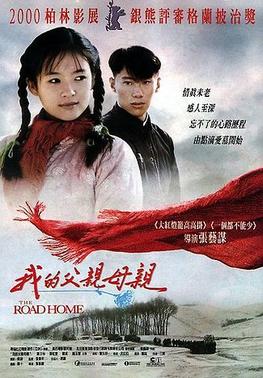
Throne of Blood directed by Akira Kurosawa depicted the plot of William Shakespeare's play Macbeth to feudal Japan. It is regarded as one of Kurosawa's best films, and by many critics as one of the best film adaptations of Macbeth, despite having almost none of the play's script.
Throne of Blood used a voyeuristic point of view where the view had to look pass/through objects to see what was going on. This technique has its drawbacks and payoffs being that it made the viewer pay closer attention to actually see what was going on however if the viewer is uninterested in the film they would most likely miss what Kurosawa is trying to do and avoid understanding the complete plot.
Being that the film was shoot in black and white the lighting was an important factor to consider. Even though some of the lighting was not realistic, example spotlights in dim lit rooms where the only source of light are six small candles, it added a dramatic effect to the film. Kurosawa also added just enough light in a forest at night so that the actors could be seen adding an eerie feeling to the film. He also expanded upon this mood with having the "evil spirit" completely white with a surplus of light bouncing off of him to illustrate a ghostly glow.
Kurosawa used a combination of American and Japanese methods of translating his message to his audience. He used rain to signify the end of dramatic moments such as after a person died and sad moments. He also used heavy winds, putting sand in the wind to make the wind visible, before an expected big battle. Kurosawa also used a dramatic sense of irony by place the protagonist the room of where the former lord of the palace was killed. He also used the ghost of the fallen comrade to show the guilt that is burdening the Macbeth counterpart. During extremely dramatic moments Kurosawa got rid of all the sound and had the actors express the intended emotion through facial expressions.
While the film is based off of Shakespeare's Macbeth there are many noticeable differences. Such as there is no Macduff character in this picture; hence Washizu does not meet his end in a duel. Instead, in a spectacular scene he is shot by his own archers and stumbles forward like a porcupine before being shot in the neck. He slowly descends the stairs and dies, collapsing dramatically on the fog-soaked ground. Also instead of three witches Kurosawa used one ghostly spirit. Asaji to be much more calculating and ambitious than Lady Macbeth. In many ways Asaji and the Witch become the driving forces of the action. It is Asaji who plots the murder of Miki, unlike Lady Macbeth. She is clever, manipulative and bold. Washizu in contrast is less articulate and seemingly less self aware than Macbeth.
The Noh theatrical tradition is also widely referred to throughout the film. The formalised, stylised movements of the Noh often replace action in the film, for example the movements of Asaji during the murder of the Lord of Spiderweb Castle. As well, much of the action happens off screen and is left for us to assume, for example the riderless horse signifying the death of Miki. The compression is also due to the excision of the dramatic monologues.

